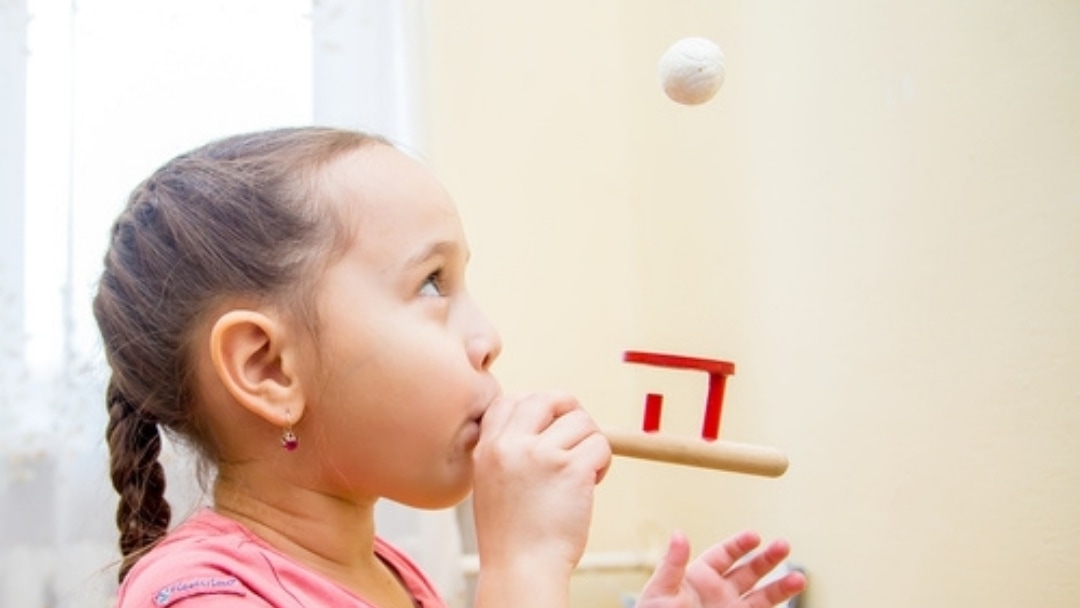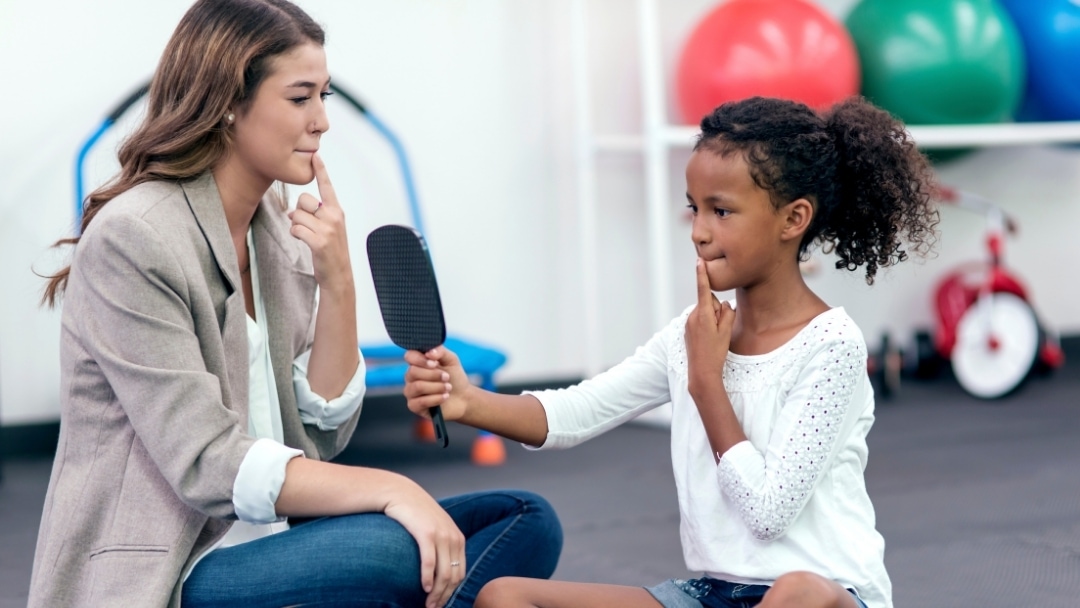Children with autism spectrum disorder, Sensory Processing Disorder and other neurodevelopmental disorders may have oral motor dysfunctions and may benefit from oral motor therapy.
A child with tactile defensiveness often exhibits hypersensitivity in the mouth and craves oral stimulation such as chewing on their clothes or putting other items in their mouth to chew. These hypersensitive children experience aversions to textures, temperatures and tastes.
Conversely, hyposensitive children have low-muscle-tone issues in the mouth and face and consequently are unable to feel and experience what is happening to them. The underlying and much deeper issues may be related to hypotonia, which is low muscle tone in the upper body, and sensory-processing dysfunction.
Whatever the underlying causes may be, oral motor issues can significantly affect speech and feeding development.
Oral motor therapy exercises work on oral motor skills such as awareness, strength, coordination, movement and endurance of the lips, cheeks, tongue and jaw. These exercises focus on different movements that include:
- Pursing
- Blowing
- Sucking
- Chewing
- Tongue protrusion
- Tongue lateralization
- Tongue elevation
- Humming
- Lip maneuvers
- Jaw maneuvers
There are lots of oral motor activities and tools that can implement all of these movements and can also be done at home with your child such as:
- Blowing horns, whistles, bubbles, feathers and cotton balls
- Chewy tubes
- Z-Vibe to normalize sensation in the mouth
- Bite blocks
- Gum massage
- Sucking or drinking thick shakes with a straw; then try a crazy straw
- Repeated and alternating lateral, point and up-and-down tongue movements
- Lip protrusion and exercises
- Holding pencil-shaped objects between top lip and nose
- Top spoons for eating
- Spreading and rounding exercises
- Breath control exercises
- Using a battery operated toothbrush to desensitize the mouth
- Oral motor therapy kits
- Tips and Techniques book
- Talk Tools oral motor products
Find a clinician, speech language pathologist, occupational therapist or craniosacral therapist trained in oral motor therapies to help assess your child’s situation and provide solutions. See our mitochondrial dysfunction page for further information on dietary and nutritional supplementation.
Tongue Tie
Children with oral motor issues are more at risk for having a tongue tie, a condition in which the frenulum that connects the tongue to the bottom of the bottom of the mouth is too short and inhibits proper tongue movement.
Finding a dentist who can diagnose your child’s tongue tie may be difficult, as many of them are not trained to spot a tongue tie. You may need to take your child to multiple dentists to find one that can diagnose a tongue tie and perform a frenectomy, a simple procedure that cuts the frenulum to allow for freer movement of the tongue.
If a frenectomy is performed on your child, you will likely want to consult the services of a therapist who performs orofacial myofunctional therapy (OMT). OMT is an exercise program designed to correct the proper function of the tongue and facial muscles used at rest and for swallowing. Some, but not most, speech and language pathologists are also OMTs.
High Palate
Children with tongue tie and/or oral motor issues are much more likely to have a high palate (roof of the mouth). In fact, the tongue tie may be the cause of a high palate because the tongue can’t reach the palate. Stimulation of the palate is necessary for proper development of the jaws and sinuses.
Children with a high palate may therefore have underdeveloped jaws and small nasal sinus passageways. This can lead to a lack of oxygen leading to the brain, and children with a high palate may have additional symptoms such as:
- Constant sinus stuffiness
- Problems with attention and focus
- Problems with sleeping
- Behavioral problems
- Sleep apnea
- Snoring
- Bedwetting
- Poor school performance
- Chronic fatigue
Children with a high palate may benefit from an oral appliance such as an ALF (Advanced Light Force) or other type of palate expander.
Your child may benefit from speech and language therapy much more quickly if tongue tie and high palate issues are resolved first.
Still Looking for Answers?
Visit the Epidemic Answers Practitioner Directory to find a practitioner near you.
Join us inside our online membership community for parents, Healing Together, where you’ll find even more healing resources, expert guidance, and a community to support you every step of your child’s healing journey.
Resources
Articles
Lowsky, Debra C. Favorite Spoons for Feeding Therapy.
Books
Ark Therapeutic Services, Inc. Tips & Techniques for the Z-Vibe® and Z-Grabber®.




